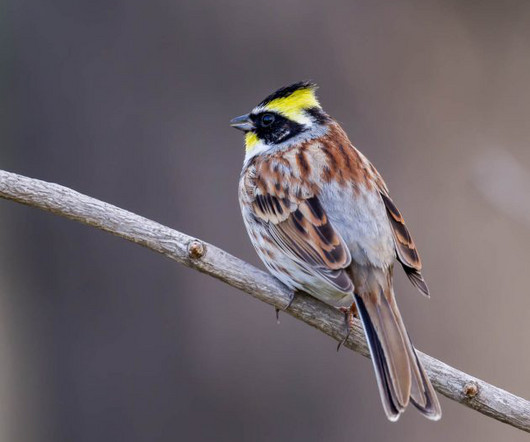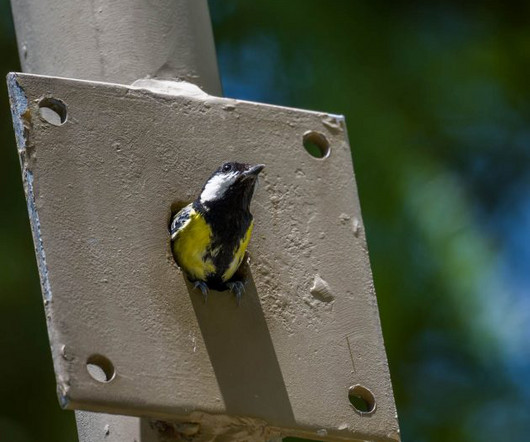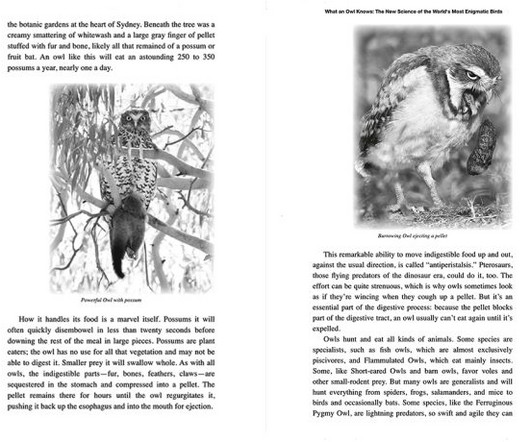Better Living Through Birding: Notes From a Black Man in the Natural World–A Book Review
10,000 Birds
JUNE 6, 2023
In Better Living Through Birding , Chris tells us stories of his life, a very unique life, but he also crafts his experiences so we can relate to them as birders and as people. Because being a birder means you experience life through that framework. And, as he did a decade ago, the joys and benefits of birding.











Let's personalize your content